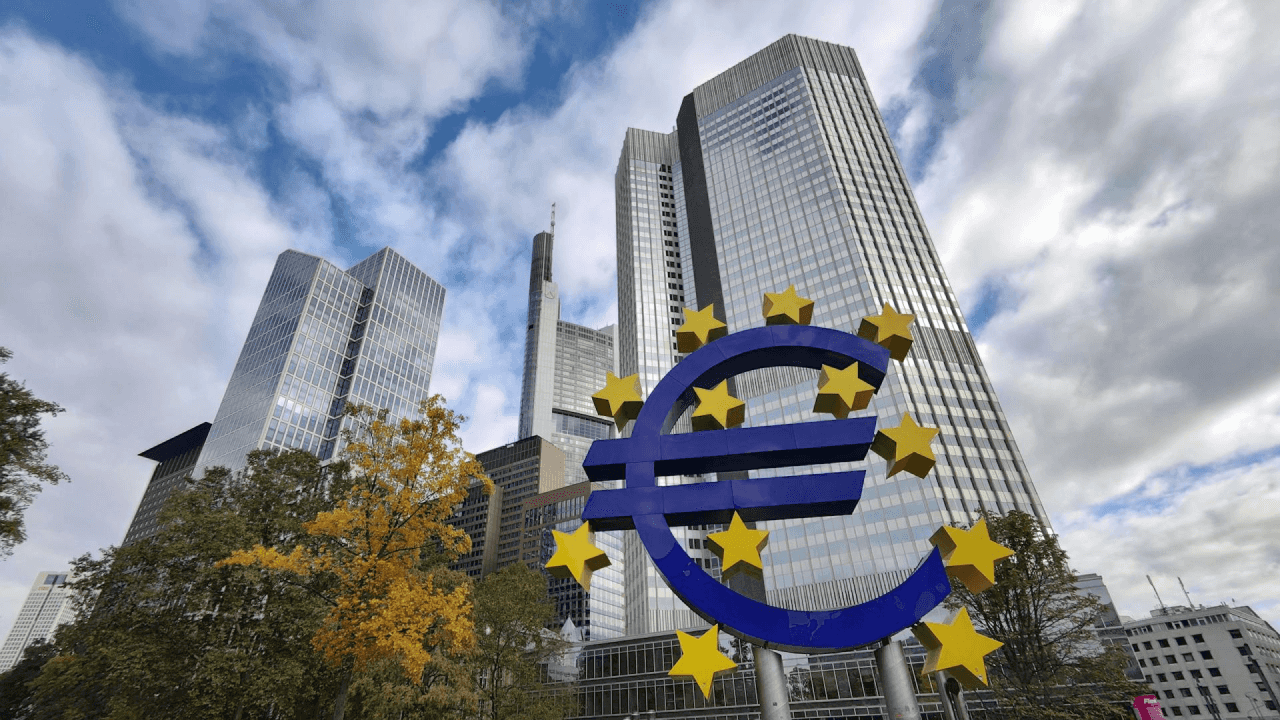
After 25 years of negotiations, Mercosur and the European Union are closer than ever to finalising a strategic partnership. So, what does this actually mean?
Mercosur and the European Union may be on the verge of signing a trade agreement that the European Commission itself has called “the biggest free trade deal ever signed”. The EU-Mercosur agreement involves countries that account for approximately $20 trillion in GDP and 700 million consumers.
What Exactly Is Mercosur?
The Mercosur—or Mercado Común del Sur (Common Market of the South)—is an organisation established in 1991 by the Treaty of Asunción. Its purpose is to “promote a common space that generates business and investment opportunities through the competitive integration of national economies into the international market”. The full members are Brazil, Argentina, Paraguay, and Uruguay. Venezuela was also a full member but was suspended in 2016 due to anti-democratic practices. Bolivia is currently in the process of joining as the fifth full member.
Additionally, there are several associate members, who enjoy privileged status but are not part of the main bloc. These include Chile, Colombia, Ecuador, and Peru.
Mercosur is a common market with the goal of increasing the exchange of goods and services, as well as the free movement of people. This applies both regionally among South American countries and internationally through agreements with other blocs, such as the one with the European Union. To achieve this, member countries are working to mutually reduce customs barriers, thereby promoting economic integration.
In 2023, the Mercosur bloc generated $447 billion in exports and $357 billion in imports, which is equivalent to 10.9% of international trade. These figures include both internal trade among members and external trade with other countries.
What Does the EU-Mercosur Agreement Entail?
Negotiations between the EU and Mercosur have been ongoing for approximately 25 years, marked by periods of tension and détente. A breakthrough finally occurred on 6 December 2024 in Montevideo, Uruguay, when EU leaders reached an understanding with the South American bloc countries. This past Wednesday, the European Commission presented the treaties that will define the commercial agreement, representing another significant step towards its officialisation.
The agreement is a result of a shared desire to remove trade barriers, ensure a responsible and eco-friendly supply of raw materials—with a particular focus on addressing Amazon deforestation—and send a clear message in favour of regulated international trade and against all forms of protectionism.
Specifically, the agreement is based on a principle of reciprocity. European industries, primarily those in automotives, machinery, and spirits, will gain greater access to the Mercosur market. In return, Mercosur will be able to more easily export its agri-food products to Europe, including meat, sugar, coffee, and soy.
This latter point, in particular, has caused some concern among agri-food companies in France, Poland, and, to a certain extent, Italy. The primary fear is related to unfair competition. South American countries have less restrictive environmental and food regulations than the EU, allowing the use of antibiotics, pesticides, and hormones that are banned in Europe.
In any case, the agreement provides for a gradual easing of customs tariffs on 90% of goods traded between the two blocs. It also establishes preferential channels for both European and South American companies, giving them greater access to public tenders and investment opportunities.
According to the European Commission, the final result will be a 39% increase in EU exports to Mercosur and an estimated 440,000 new jobs created across Europe.
The Road Ahead
As anticipated, the EU-Mercosur agreement is not yet official. However, it represents a crucial phase in bringing the two blocs closer, especially as they seek protection from costly Trump-era tariffs.
This is an interim trade agreement, meaning it is provisional. As such, it does not require the approval of all 27 member states, but rather only the ratification of the qualified majority of the EU Council. This means at least 15 out of 27 countries (55%) that represent at least 65% of the population must vote in favour.




